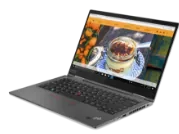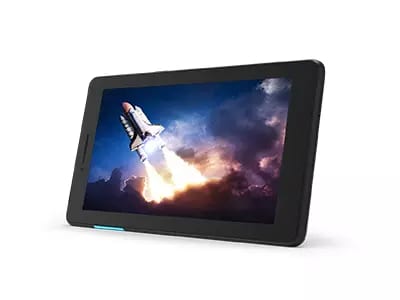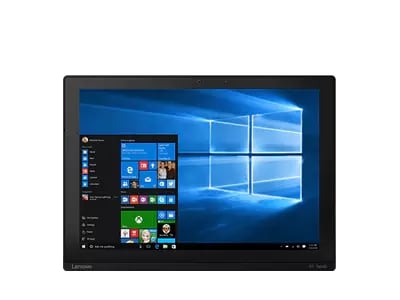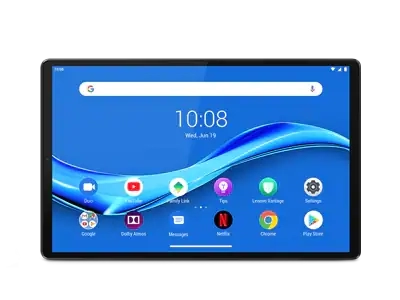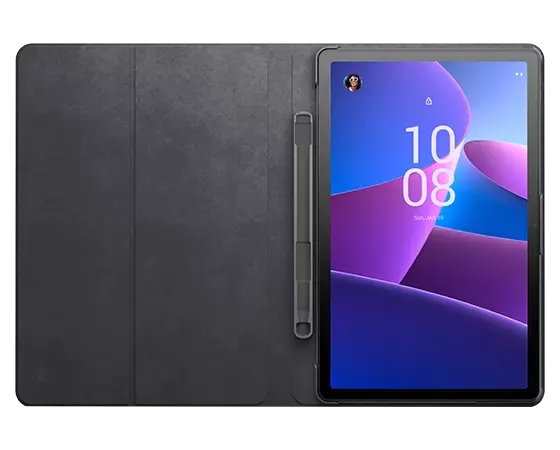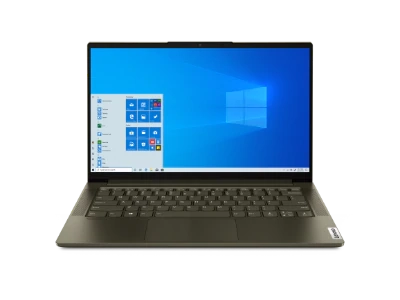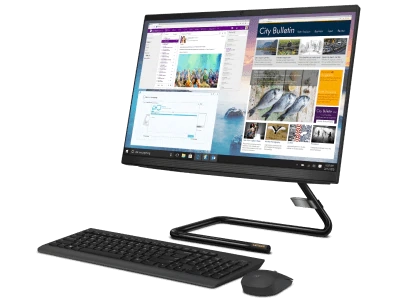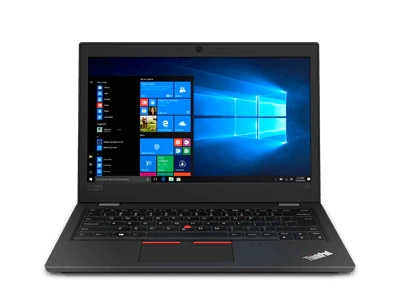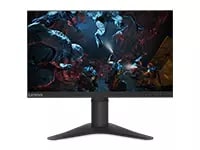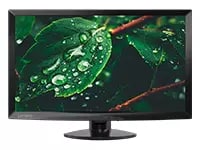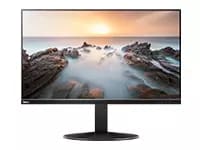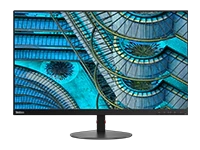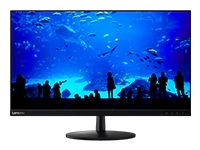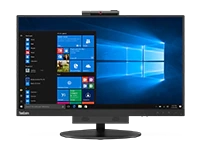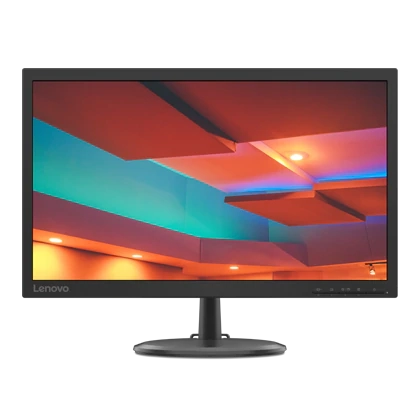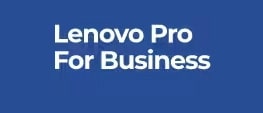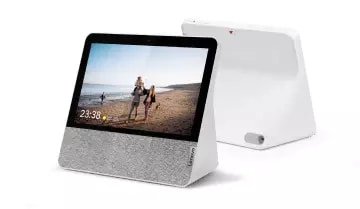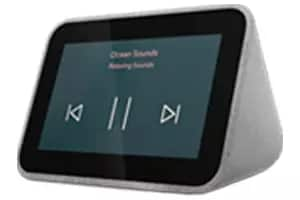What's a 'NAS'?
"Network addressable storage" is storage that's available to any PC, tablet or other device on a network. It's normally a hard disk or group of disks, but can use solid state drives as well. A NAS has its own processor to manage the storage. To each connected device, it looks like a directly-connected storage device (hard disk or thumb drive).
Most Lenovo NAS systems include RAID capabilities, so your data is protected against the failure of one (and sometimes more) hard disks.
What's the difference between a NAS and a server?
A NAS is a server, but it's focused on sharing files between computers and doesn't have other server functions like email. The operating system and other software is built in, so you can simply plug the NAS in and get it running with minimal setup.
What can I share on a NAS?
A NAS is a great way to provide centralised backup for all your PCs and to share large volumes of data like photos, music, movies or TV shows at home. In a business they're great for all your business data and for video surveillance. Just tuck it away in a corner of your home or business premises.
What kind of devices work with a NAS?
Lenovo NAS devices are compatible with Windows, Mac OS and Linux PCs. For music, photos and video, Lenovo Iomega's inbuilt media server will also work with game consoles like Playstation and Xbox.
What about backups?
Every Lenovo NAS includes software to automatically backup every PC and device on your network.
What's 'RAID'? What do the numbers mean?
RAID stands for "redundant array of independent [or inexpensive] disks". It's a collection of hard disks (or other compatible storage devices), working as a group, in most cases* with data spread across the disks so it's protected even if one disk fails ("redundant" in a technical sense). Sharing the data across several drives can also speed up data transfer.
To a connected computer, a RAID array looks like one big disk, though it may be divided into several volumes.
There are several "levels" of RAID, which distribute the data differently and give priority to speed or data security. Briefly, they are:
RAID 0: This 'stripes' data across two drives which speeds up data transfer, BUT has no redundancy. If one drive fails, all data is potentially lost.
RAID 1: This 'mirrors' data to two or more pairs of drives. It will continue to work if one drive in a pair fails.
RAID 5: A minimum of three disks, with data (and 'parity' data) distributed across all disks. Any disk can fail without losing data.
RAID 6: This needs at least four disks, and can maintain data even if two drives fail.
RAID 10: This is a combination of RAID 0 (striping data) and RAID 1 (mirroring). It can tolerate a failure of one drive in each RAID 1 'span'.
The amount of available storage varies between RAID levels. Only RAID 0 gives you the total combined space of the drives. RAID 1 gives you half the total. RAID 5, 6 and 10 give you somewhere in between, depending on how many drives are in the array.
Wondering what happened to RAID 2, 3 and 4? They're older implementations that are rarely seen now.
* Except "RAID 0".
JBOD
"Just a bunch of disks". Each disk in the array operates independently and appears separately on your computers.
What's a 'hot spare'?
Higher-spec Lenovo EMC NAS systems have a spare drive standing by to automatically replace a failed drive without shutting down the NAS.


Limits: Orders limited to 5 computers per customer. For larger quantities, go to the “Where to Buy” section of the website for details of resellers and retailers of Lenovo products
Offerings and Availability: All offers subject to availability. Offers, prices, specifications and availability may change without notice. Product offerings and specifications advertised on this website may be changed at any time and without notice. Models pictured are for illustration purposes only. Lenovo is not responsible for photographic or typographic errors..
PCs shown here are shipped with an operating system.
Prices: Web prices advertised include VAT. Prices and offers in the cart are subject to change until the order is submitted. *Pricing - savings referenced off regular Lenovo web prices. Reseller prices may differ from those advertised here.
**Battery: These systems do not support batteries that are not genuine Lenovo-made or authorised. Systems will continue to boot, but may not charge unauthorised batteries. Lenovo has no responsibility for the performance or safety of unauthorised batteries, and provides no warranties for failures or damage arising out of their use. **Battery life is based on the MobileMark® 2014 methodology and is an estimated maximum. Actual battery life may vary based on many factors, including screen brightness, active applications, features, power management settings, battery age and conditioning, and other customer preferences.
Finance is provided by Duologi. Duologi is the trading name of Specialist Lending Ltd.
General: Review key information provided by Microsoft® that may apply to your system purchase, including details on Windows 10, Windows 8, Windows 7, and potential upgrades/downgrades. Lenovo makes no representation or warranty regarding third-party products or services.
Trademarks: Lenovo, ThinkPad, IdeaPad, ThinkCentre, ThinkStation and the Lenovo logo are trademarks of Lenovo. Microsoft, Windows, Windows NT, and the Windows logo are trademarks of Microsoft Corporation. Ultrabook, Celeron, Celeron Inside, Core Inside, Intel, Intel Logo, Intel Atom, Intel Atom Inside, Intel Core, Intel Inside, Intel Inside Logo, Intel vPro, Itanium, Itanium Inside, Pentium, Pentium Inside, vPro Inside, Xeon, Xeon Phi, Xeon Inside, and Intel Optane are trademarks of Intel Corporation or its subsidiaries in the U.S. and/or other countries.© 2023 Advanced Micro Devices, Inc. All rights reserved. AMD, the AMD Arrow logo, Athlon, EPYC, FreeSync, Ryzen, Radeon, Threadripper and combinations thereof are trademarks of Advanced Micro Devices, Inc. Other company, product or service names may be trademarks or service marks of others.






